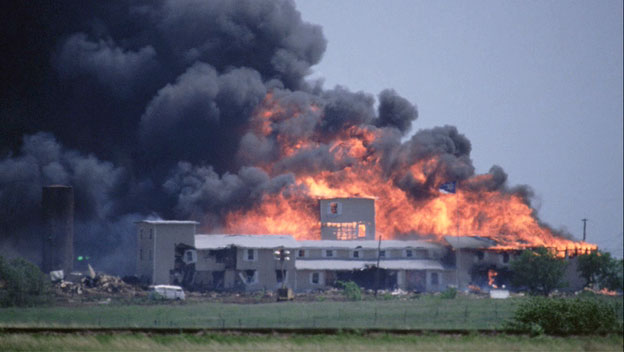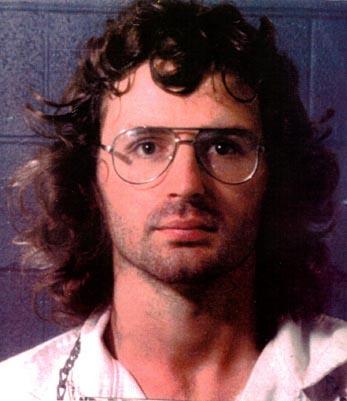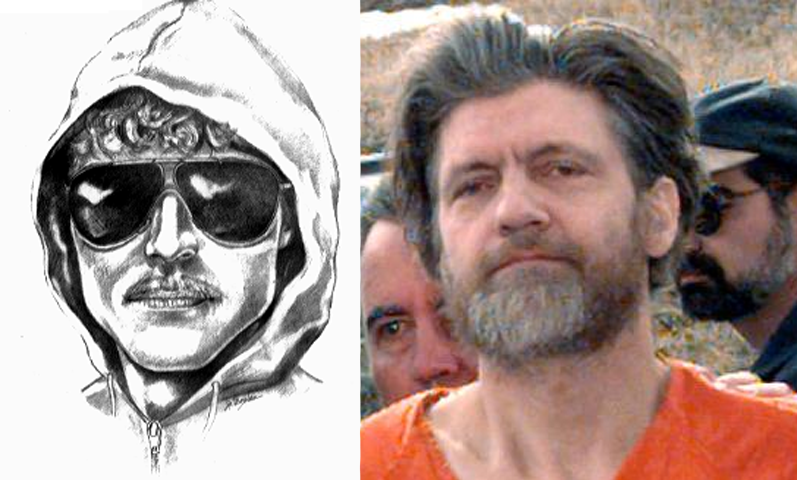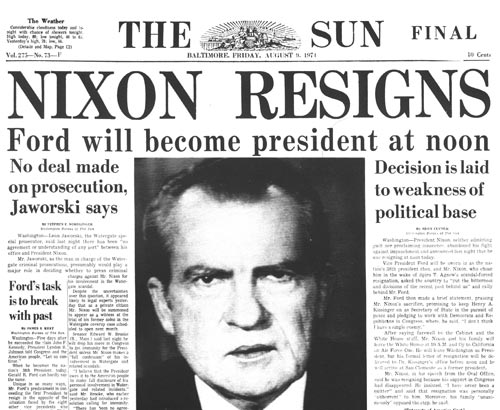Normally two posts in one day wouldn't happen, but my 7th had SO many questions about the CE, so I thought I'd link some info here!!
Question 1 - What the heck happened in Waco??
The Waco siege was a siege of a compound belonging to the religious group Branch Davidians by American federal and Texas state law enforcement and US military between February 28 and April 19, 1993. The Branch Davidians, a sect that separated in 1955 from the Seventh-day Adventist Church, was led by David Koresh and lived at Mount Carmel Center ranch in the community of Elk, Texas, nine miles east-northeast of Waco. The group was suspected of weapons violations, causing a search and arrest warrant to be obtained by the Bureau of Alcohol, Tobacco, Firearms and Explosives (ATF).
The incident began when the ATF attempted to raid the ranch. An intense gun battle erupted, resulting in the deaths of four government agents and six Branch Davidians. Upon the ATF's failure to raid the compound, a siege was initiated by the Federal Bureau of Investigation (FBI), the standoff lasting 51 days. Eventually, the FBI launched an assault and initiated a tear gas attack in an attempt to force the Branch Davidians out of the ranch. During the attack, a fire engulfed Mount Carmel Center. In total 76 people died,including David Koresh.
Much dispute remains as to the actual events of the siege. A particular controversy ensued over the origin of the fire; an internal Justice Department investigation concluded in 2000 that sect members themselves had started the fire. The events near Waco, and the siege at Ruby Ridge less than 12 months earlier were both cited as the primary motivations behind the Oklahoma City bombing that took place exactly two years later.
 |
| this is the picture i remember |
 |
| David Koresh |
There is apparently no legal definition of a cult either at local or federal levels. Generally cults are offshoots of legitimate religions, but the ideas of the religion are bent by a charismatic leader who wants to gain fame and or fortune. The people who are drawn into a cult are cut off from family and friends, are brainwashed by the cult leader and usually give them all their financial resources. Many times, cults end in tragedy, most notably, the Jonestown mass suicide.
Jonestown:
"Jonestown" was the informal name for the Peoples Temple Agricultural Project formed by the Peoples Temple, an American religious organization under the leadership of Jim Jones, in northwestern Guyana. It became internationally notorious when on November 18, 1978, a total of 918 people died in the remote commune, at the nearby airstrip in Port Kaituma, and in Georgetown, Guyana's capital city. The name of the settlement became synonymous with the incidents at those locations.
A total of 909 Americans died in Jonestown, all but two from apparent cyanide poisoning, in an event termed "revolutionary suicide" by Jones and some members on an audio tape of the event and in prior discussions.
While some refer to the events in Jonestown as mass suicide, many others, including Jonestown survivors, regard them as mass murder. All who drank poison did so under duress, and more than a third of victims (304) were minors.
This is where the phrase "drinking the kool-aid" comes from.
Question 2 - What was up with Elian Gonzales?
Elián González (born December 6, 1993) is a Cuban student who, as a young boy in 2000, became embroiled in a heated international custody and immigration controversy involving the governments of Cuba and the United States, his father, Juan Miguel González Quintana, his other relatives in Miami, Florida, and in Cuba, and Miami's Cuban American community.
González's mother, Elizabeth Brotons Rodríguez, drowned in November 1999 while attempting to leave Cuba with González and her boyfriend to get to the United States. The U.S. Immigration and Naturalization Service (INS) initially placed González with maternal relatives in Miami, who sought to keep him in the United States against his father's demands that González be returned to Cuba. A federal district court's ruling that only González's father, and not his extended relatives, could petition for asylum on the boy's behalf was upheld by the 11th Circuit Court of Appeals. After the U.S. Supreme Court declined to hear the case, federal agents took González from his relatives and returned him to Cuba in June 2000.
 |
| Elian being removed from Miami and sent to Cuba |
 |
| Elian at Disneyworld |
 |
| Elian with Fidel Castro |
Theodore John "Ted" Kaczynski, also known as the "Unabomber", is an American domestic terrorist, anarchist, and mathematical prodigy. Between 1978 and 1995, Kaczynski engaged in a nationwide bombing campaign against people involved with modern technology, planting or mailing numerous homemade bombs, ultimately killing a total of three people and injuring 23 others.
In 1971, he moved to a remote cabin without electricity or running water, in Lincoln, Montana, where he lived as a recluse while learning survival skills in an attempt to become self-sufficient. Seventeen years after beginning his mail bomb campaign, Kaczynski sent a letter to The New York Times on April 24, 1995 and promised "to desist from terrorism" if the Times or the Washington Post published his manifesto, Industrial Society and Its Future (the "Unabomber Manifesto"), in which he argued that his bombings were extreme but necessary to attract attention to the erosion of human freedom necessitated by modern technologies requiring large-scale organization.
The Unabomber was the target of one of the Federal Bureau of Investigation's costliest investigations. Before Kaczynski's identity was known, the FBI used the title "UNABOM" (UNiversity & Airline BOMber) to refer to his case, which resulted in the media calling him the Unabomber. The FBI (as well as Attorney General Janet Reno) pushed for the publication of Kaczynski's "Manifesto", which led to his sister-in-law, and then his brother, recognizing Kaczynski's style of writing and beliefs from the manifesto, and tipping off the FBI. When it became clear that his pending trial would entail national television exposure for Kaczynski, the court entered a plea agreement, under which he pleaded guilty and was sentenced to life in prison with no possibility of parole (he's currently in prison in Colorado).
 |
| drawing of Kaczynski & actual Kacyznski |

Question 4 - What is Whitewater??
The Whitewater controversy began with an investigation into the real estate investments of Bill and Hillary Clinton and their associates, Jim and Susan McDougal, in the Whitewater Development Corporation, a failed business venture in the 1970s and 1980s.
A March 1992 New York Times article published during the U.S. presidential campaign reported that the Clintons, then governor and first lady of Arkansas, had invested and lost money in the Whitewater Development Corporation.The article stimulated the interest of L. Jean Lewis, a Resolution Trust Corporation investigator who was looking into the failure of Madison Guaranty Savings and Loan, owned by Jim and Susan McDougal. Lewis looked for connections between the savings and loan company and the Clintons, and on September 2, 1992, she submitted a criminal referral to the FBI naming Bill and Hillary Clinton as witnesses in the Madison Guaranty case.
David Hale, the source of criminal allegations against the Clintons, claimed in November 1993 that Bill Clinton had pressured him into providing an illegal $300,000 loan to Susan McDougal, the Clintons' partner in the Whitewater land deal. Clinton supporters regarded Hale's allegations as questionable, as Hale had not mentioned Clinton in reference to this loan during the original FBI investigation of Madison Guaranty in 1989; only after coming under indictment in 1993, did Hale make allegations against the Clintons. A U.S. Securities and Exchange Commission investigation did result in convictions against the McDougals for their role in the Whitewater project. The Clintons themselves were never prosecuted, after three separate inquiries found insufficient evidence linking them with the criminal conduct of others related to the land deal, and Susan McDougal was granted a pardon by President Clinton before he left office.

Watergate was a major political scandal that occurred in the United States in the 1970s, following a break-in at the Democratic National Committee (DNC) headquarters at the Watergate office complex in Washington, D.C. in 1972 and President Richard Nixon's administration's attempted cover-up of its involvement.
The term Watergate has come to encompass an array of clandestine and often illegal activities undertaken by members of the Nixon administration. Those activities included such "dirty tricks" as bugging the offices of political opponents and people of whom Nixon or his officials were suspicious. Nixon and his close aides apparently ordered investigation of activist groups and political figures, using the Federal Bureau of Investigation (FBI), the Central Intelligence Agency(CIA), and the Internal Revenue Service (IRS).
The scandal led to the discovery of multiple abuses of power by the Nixon administration, articles of impeachment,and the resignation of Nixon. The scandal also resulted in the indictment of 69 people, with trials or pleas resulting in 48 being found guilty, many of whom were Nixon's top administration officials.
The affair began with the arrest of five men for breaking and entering into the DNC headquarters at the Watergate complex on Saturday, June 17, 1972. The FBI investigated and discovered a connection between cash found on the burglars and a slush fund used by the Committee for the Re-Election of the President (CRP), the official organization of Nixon's campaign.In July 1973, evidence mounted against the President's staff, including testimony provided by former staff members in an investigation conducted by the Senate Watergate Committee.
After a protracted series of bitter court battles, the U.S. Supreme Court unanimously ruled that the president was obligated to release the tapes he had made in his office to government investigators, and he eventually complied. These audio recordings implicated the president, revealing he had attempted to cover up activities that took place after the break-in and to use federal officials to deflect the investigation. Facing near-certain impeachment in the House of Representatives and equally certain conviction by the Senate, Nixon resigned the presidency on August 9, 1974. On September 8, 1974, his successor, Gerald Ford, pardoned him.

a short video about watergate
OH THE 90'S!!! Let me know if there are any other questions I can answer!
- cbg

No comments:
Post a Comment